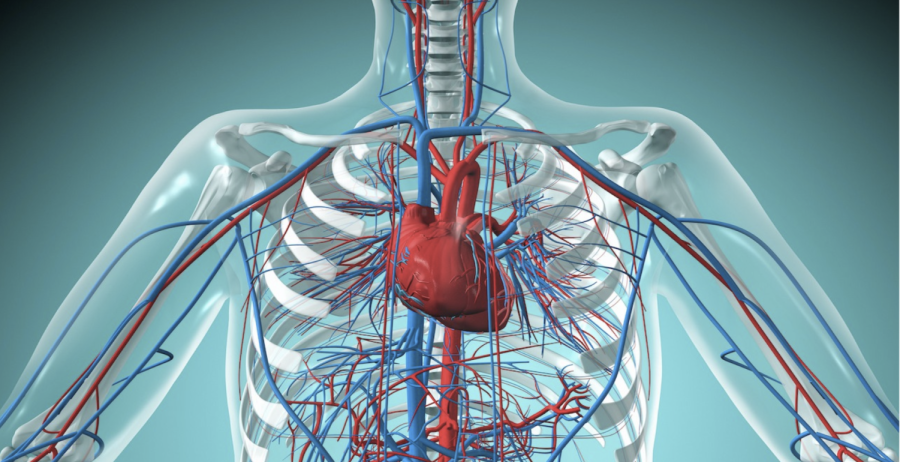The Dormant Genetic Disorder
January 31, 2023
Brugada Syndrome is a dangerous genetic heart disorder affecting about 5 in every 10,000 people worldwide. Brugada Syndrome is caused by the mutation of the SCN5A gene, which is responsible for creating the sodium channels in the heart muscle cells. The mutation of this gene causes ventricular arrhythmias (abnormal or irregular heartbeats) in the lower chambers of the heart. The arrhythmias associated with Brugada Syndrome result in a decreased flow of blood between the two ventricular chambers in the heart and poor blood circulation throughout the whole body.
This disorder can be both inherited or acquired. Brugada Syndrome is an autosomal dominant genetic disorder meaning only one parent has to have the gene carrying this mutation for it to be passed onto children. Additionally, new mutations of the gene can develop and, therefore, individuals whose parents did not carry the mutation can still be at risk of having the disorder.
Individuals affected by Brugada Syndrome vary in age. Although developed at any age, symptoms of Brugada Syndrome most commonly arise during adulthood, at around 40 years of age. Most individuals with this condition remain asymptomatic as the syndrome remains dormant throughout the course of their life. Those most at risk for Brugada Syndrome are males as Brugada Syndrome is 8 to 10 times more frequent in men than in women. Brugada Syndrome is also seen to affect more individuals living in Japan and Southeast Asia compared to the rest of the world.
Medications such as antidepressants and antipsychotics or conditions that cause fever and electrolyte imbalances are proven to unmask the syndrome in those who typically remain undiagnosed. Symptoms of Brugada Syndrome include dizziness, seizures, palpitations, fainting, and labored breathing (particularly at night). Those who show signs of ventricular arrhythmia may even experience loss of consciousness as a result of little oxygen supply to the brain. Brugada Syndrome is often referred to by experts in the medical field as sudden, unexplained nocturnal death syndrome (SUNDS), due to the large number of individuals with this syndrome that often die in their sleep.
Because Brugada Syndrome typically remains dormant unless otherwise unmasked, testing can be done to help diagnose the condition within families. Testing for this syndrome is referred to as a “drug challenge.” This type of testing involves the intake of medicine that blocks sodium channels followed by electrocardiograms (ECGs) to look for changes in the heart’s rhythm. Based on ECG patterns, medical professionals can conclude whether or not someone is affected by the syndrome. Some individuals may appear to have a Brugada pattern on the ECG, but it is not dangerous as long as the condition is temporary and does not cause dangerous heart rhythms. Furthermore, genetic testing can be used to help identify any other members of families affected by this condition.
As of now, there is no cure for Brugada Syndrome, as “the real reason or the cause that can trigger off the situation [Brugada Syndrome] is still not known clearly,” but there are various treatments that can be used to control the irregular heartbeats of those with the syndrome. An implanted cardioverter defibrillator (ICD) is one of the main treatments of Brugada Syndrome. If an ICD detects the start of an arrhythmia, it will attempt to reset the heart back to its regular rhythm by sending out brief shocks to the heart. Another treatment option is cardiac ablation, which includes destroying a small area of heart tissue found to cause arrhythmias. Additionally, various medicines can also help in the treatment of Brugada Syndrome.



